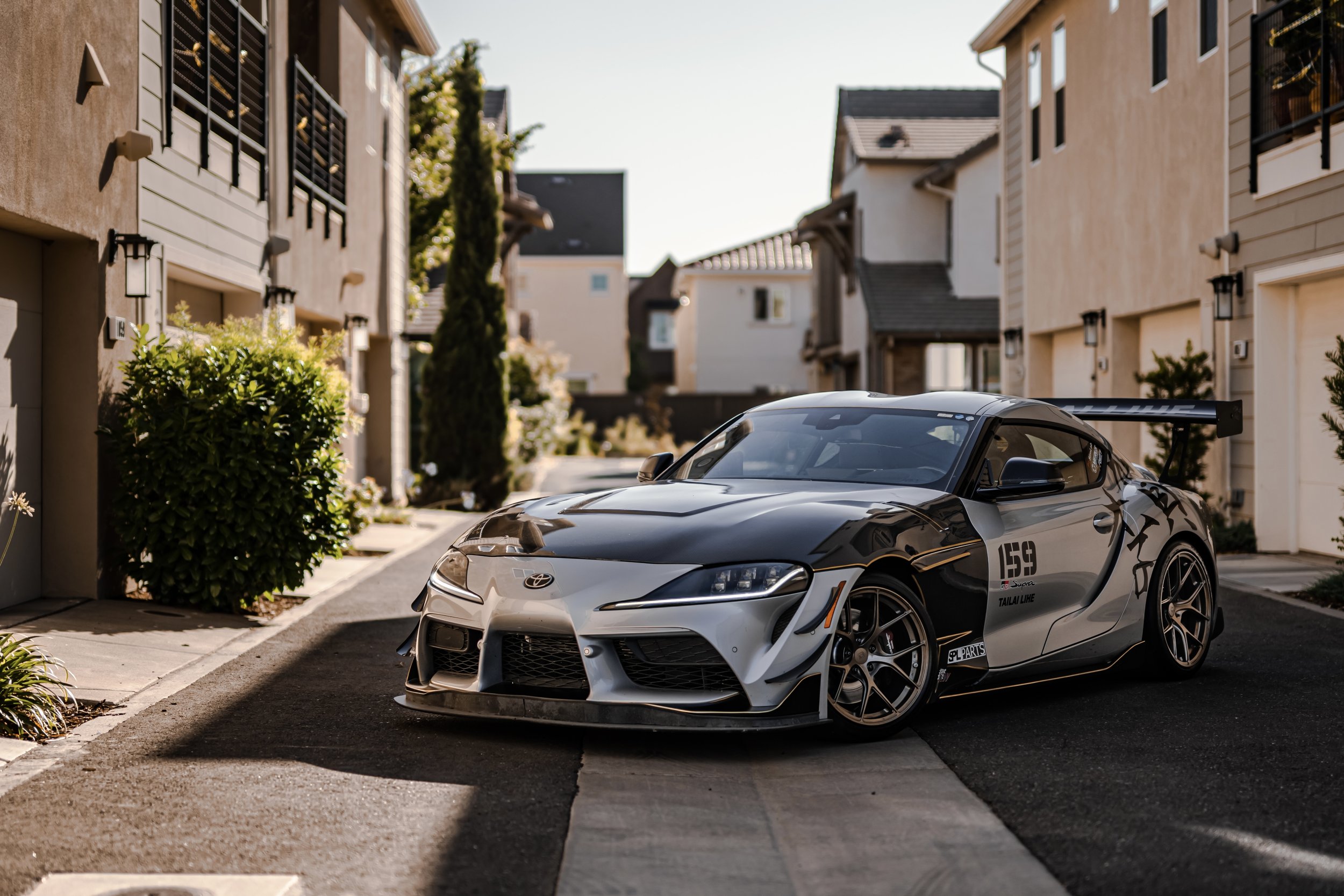
SpeedSF Blog
Every Build Has a Story – Meet the Cars of SpeedSF

Legend's Supra: Big Brain Move
Legend wisely picked a platform he could grow into. Rather than dump big dough on mods, he did the bare minimum with setup and spent his time in the seat, not underneath the car.

Tailai's Supra: Keep it Simple, Keep it Sane
After blowing up an M3’s engine, Tailai Lihe realized power wasn’t everything. With this car, he kept the B58 stock, and instead prioritized seat time and cornering speeds.
